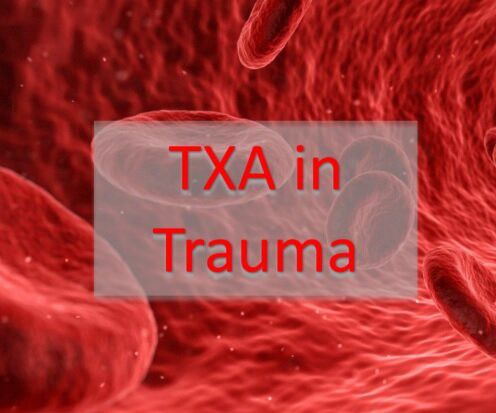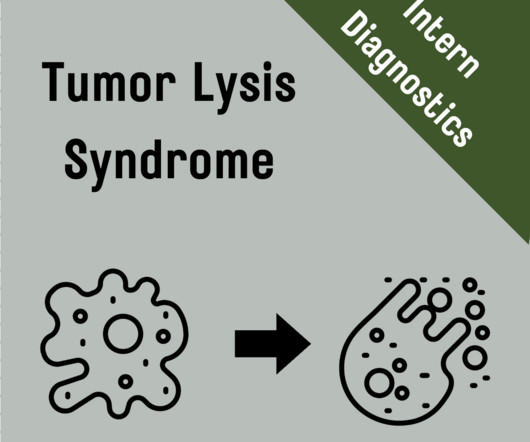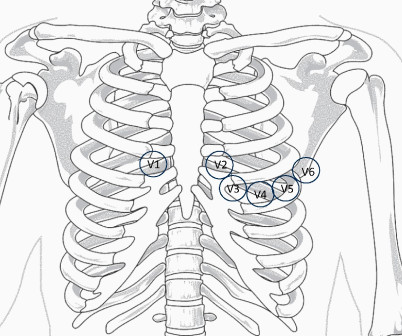The Latest in Critical Care, 1/29/24 (Issue #27)
PulmCCM
JANUARY 29, 2024
Read the document for all the details (it’s not long). EEG Advised, to Rule Out Nonconvulsive Seizures Nonconvulsive seizures are occasionally present in comatose patients after cardiac arrest, undetectable without testing. Seizure prophylaxis was advised against, as there is no evidence for its efficacy.






















Let's personalize your content